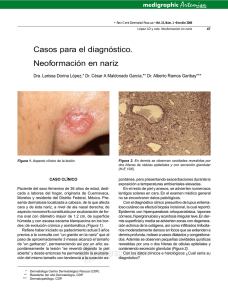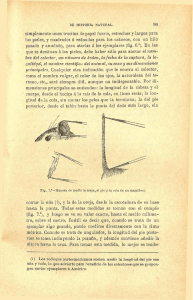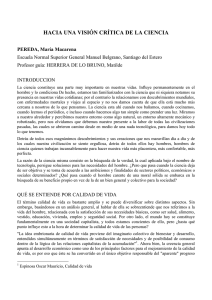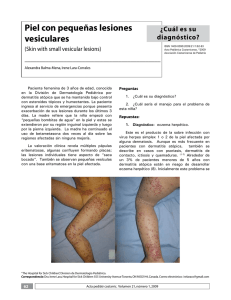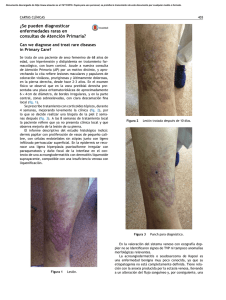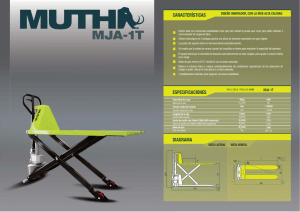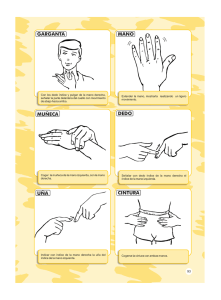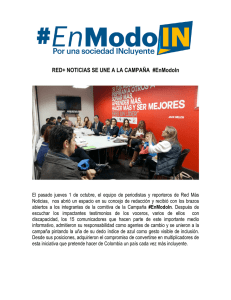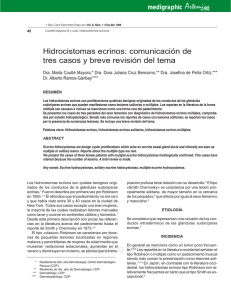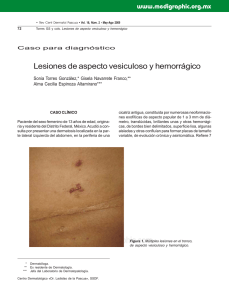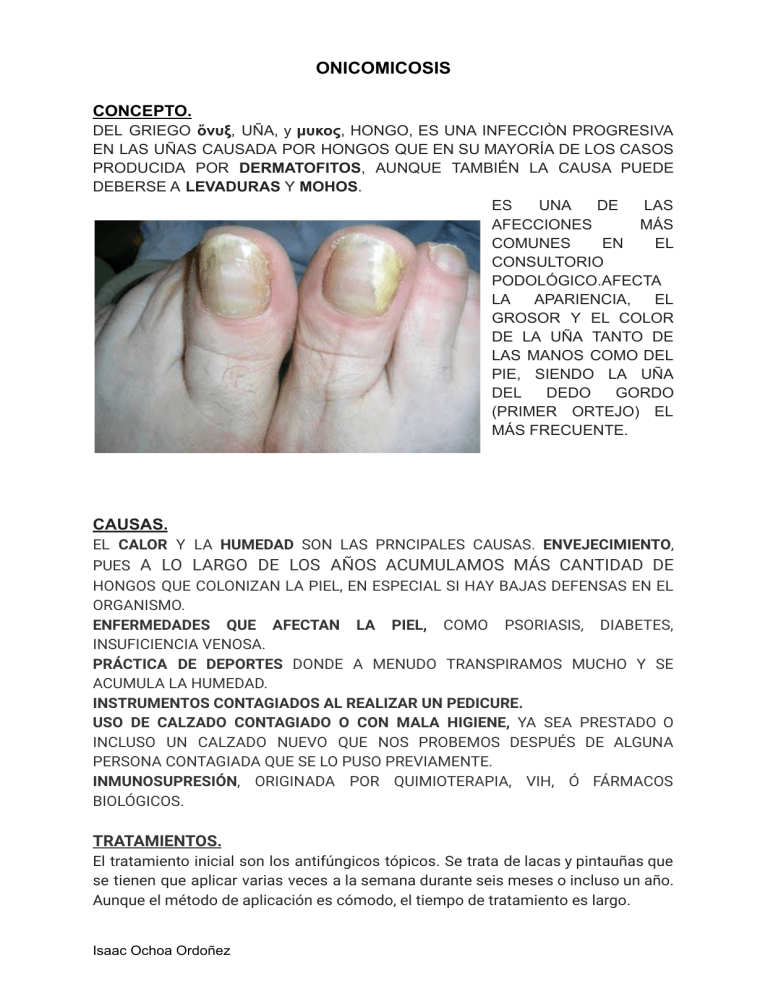
ONICOMICOSIS CONCEPTO. DEL GRIEGO ὄνυξ, UÑA, y μυκος, HONGO, ES UNA INFECCIÒN PROGRESIVA EN LAS UÑAS CAUSADA POR HONGOS QUE EN SU MAYORÍA DE LOS CASOS PRODUCIDA POR DERMATOFITOS, AUNQUE TAMBIÉN LA CAUSA PUEDE DEBERSE A LEVADURAS Y MOHOS. ES UNA DE LAS AFECCIONES MÁS COMUNES EN EL CONSULTORIO PODOLÓGICO.AFECTA LA APARIENCIA, EL GROSOR Y EL COLOR DE LA UÑA TANTO DE LAS MANOS COMO DEL PIE, SIENDO LA UÑA DEL DEDO GORDO (PRIMER ORTEJO) EL MÁS FRECUENTE. CAUSAS. EL CALOR Y LA HUMEDAD SON LAS PRNCIPALES CAUSAS. ENVEJECIMIENTO, PUES A LO LARGO DE LOS AÑOS ACUMULAMOS MÁS CANTIDAD DE HONGOS QUE COLONIZAN LA PIEL, EN ESPECIAL SI HAY BAJAS DEFENSAS EN EL ORGANISMO. ENFERMEDADES QUE AFECTAN LA PIEL, COMO PSORIASIS, DIABETES, INSUFICIENCIA VENOSA. PRÁCTICA DE DEPORTES DONDE A MENUDO TRANSPIRAMOS MUCHO Y SE ACUMULA LA HUMEDAD. INSTRUMENTOS CONTAGIADOS AL REALIZAR UN PEDICURE. USO DE CALZADO CONTAGIADO O CON MALA HIGIENE, YA SEA PRESTADO O INCLUSO UN CALZADO NUEVO QUE NOS PROBEMOS DESPUÉS DE ALGUNA PERSONA CONTAGIADA QUE SE LO PUSO PREVIAMENTE. INMUNOSUPRESIÓN, ORIGINADA POR QUIMIOTERAPIA, VIH, Ó FÁRMACOS BIOLÓGICOS. TRATAMIENTOS. El tratamiento inicial son los antifúngicos tópicos. Se trata de lacas y pintauñas que se tienen que aplicar varias veces a la semana durante seis meses o incluso un año. Aunque el método de aplicación es cómodo, el tiempo de tratamiento es largo. Isaac Ochoa Ordoñez Si la raíz de la uña está afectada, se deben optar por fármacos antifúngicos por vía oral. La terbinafina es el medicamento que mejores resultados ha demostrado. Se debe tomar todos los días durante mes y medio, si las uñas afectadas son de las manos, y tres meses, si son de los pies. Antes y después del tratamiento se tienen que realizar análisis de sangre para comprobar que los niveles del transaminasas están bien, que quiere decir que el hígado no está afectado y puede tolerar el tratamiento. Bibliografía: ● Ameen M, Lear JT, Madan V, Mohd Mustapa MF, Richardson M. British Association of Dermatologists’ guidelines for the management of onychomycosis 2014. Br J Dermatol. 2014 Nov;171(5):937-58. ● Ballesté R, Fernández N, Mousqués N, Xavier B, Arteta Z, Mernes M, et al. Dermatofitosis en población asistida en el Instituto de Higiene. Rev Med Uruguay 2000; 16: 232-42. ● Elewski BE, Charif MA. Prevalence of onychomycosis in patients attempting a dermatology clinic in northeastern Ohio for other conditions. Arch Dermatol 1997; 133: 1772-3. ● Rosseew D. Achllies foot screening project: preliminary results of patients screening by dermatologists. J Eur Acad Dermatol 1999; 12: 6-9. ● Haneke E. Fungal infections of the nail. Semin Dermatol 1991; 10: 41-53. ● Gupta AK, Scher RK, Rich P. Fluconazole for the treatment of onychomycosis: an update. Int J Dermatol 1998; 37: 815-20. Isaac Ochoa Ordoñez
